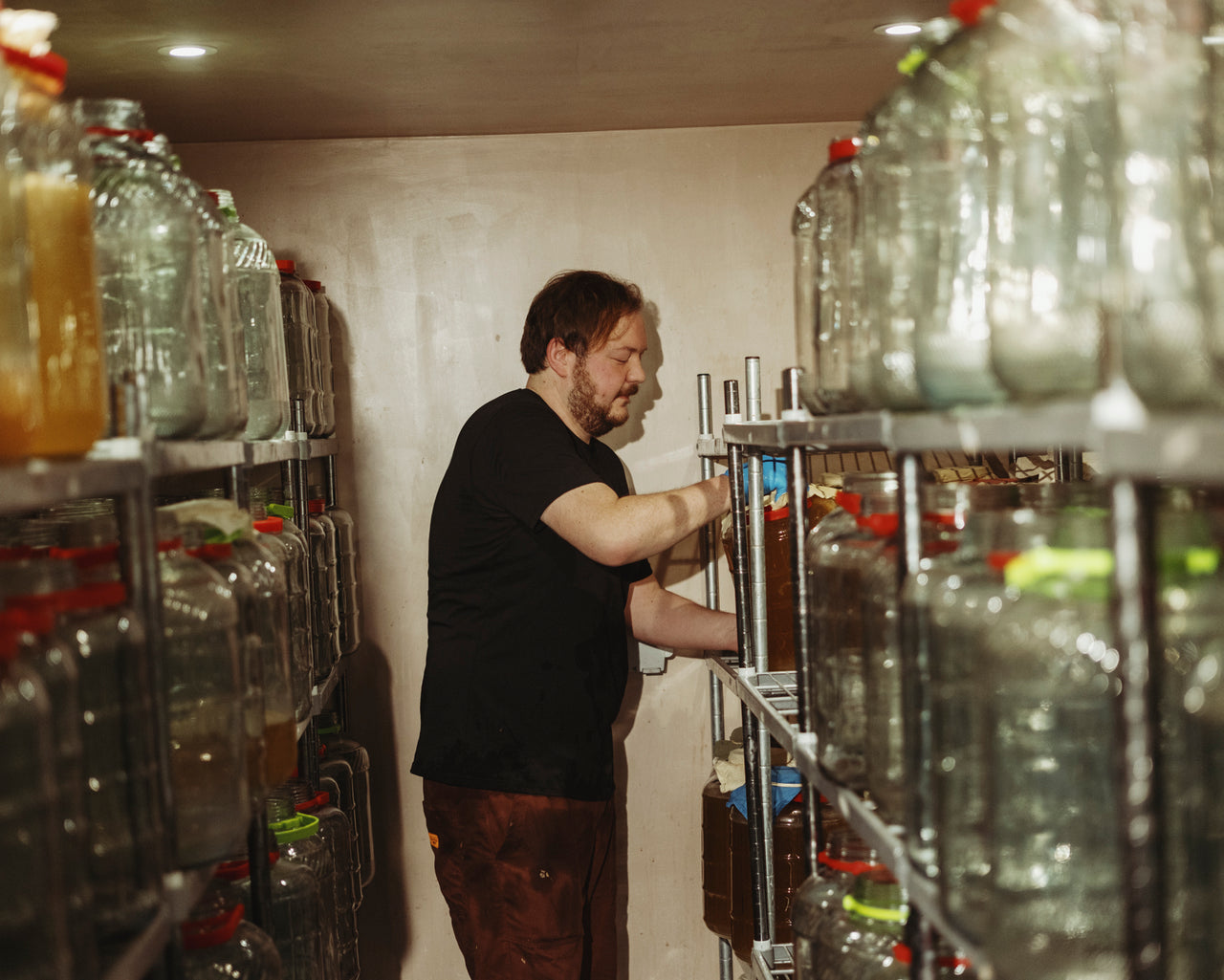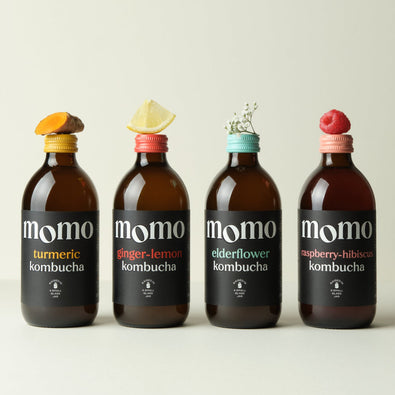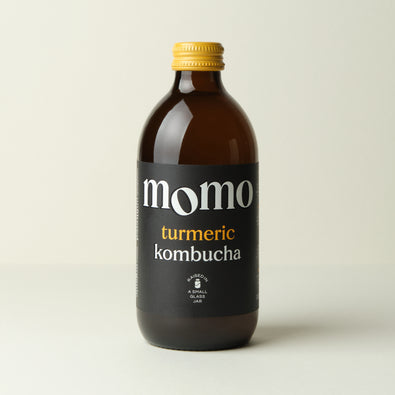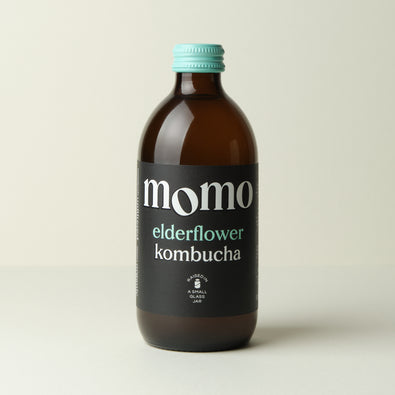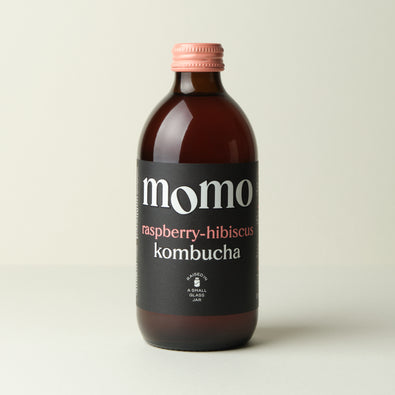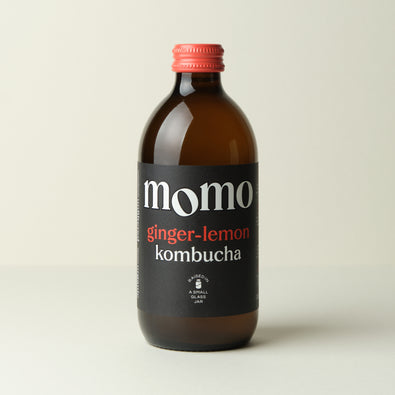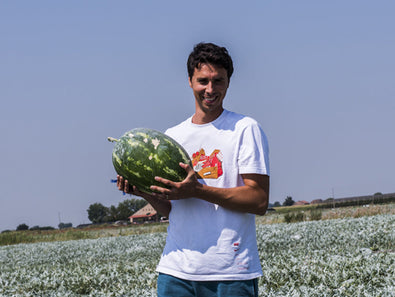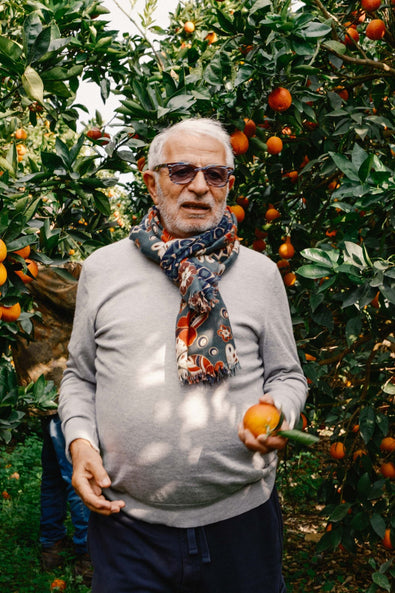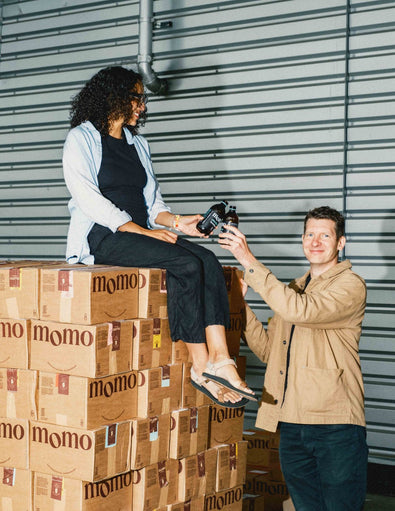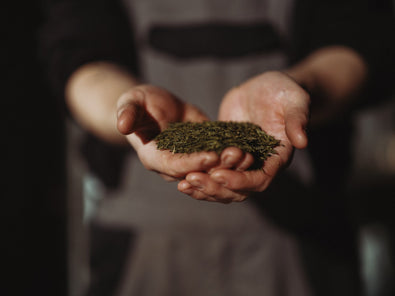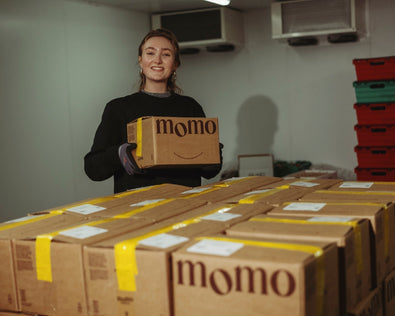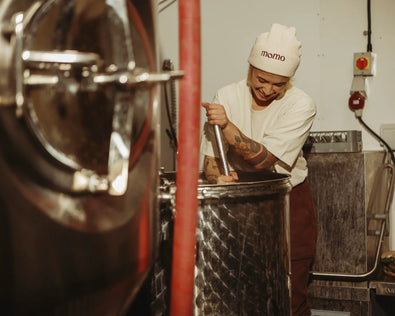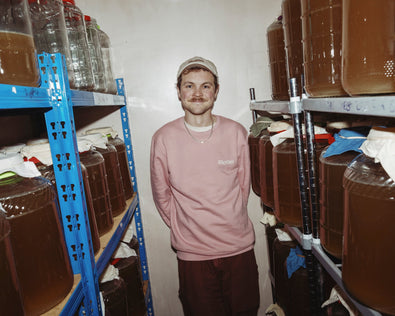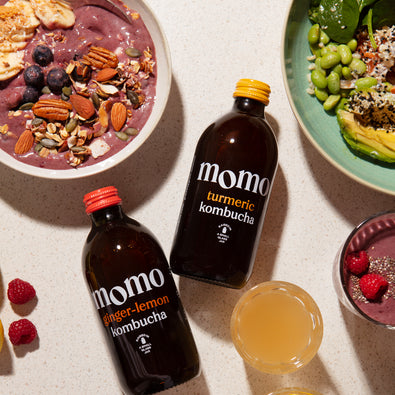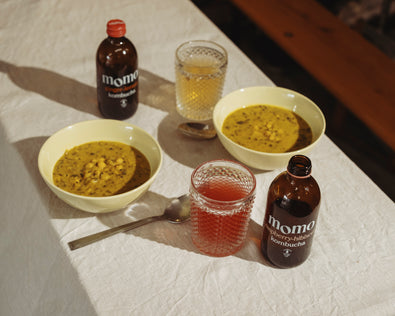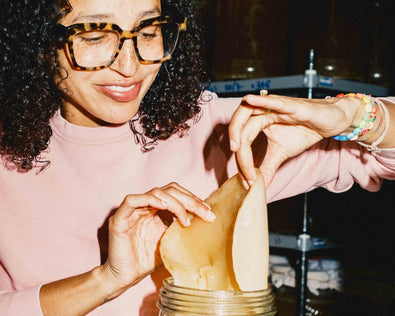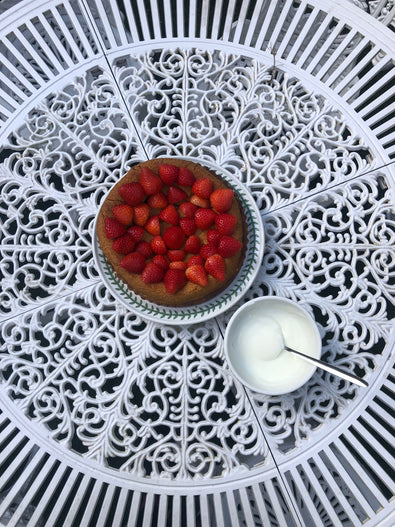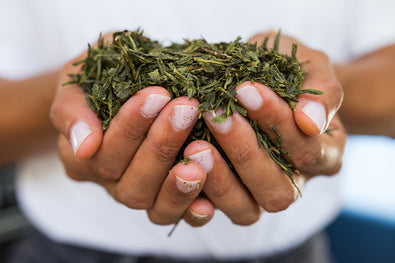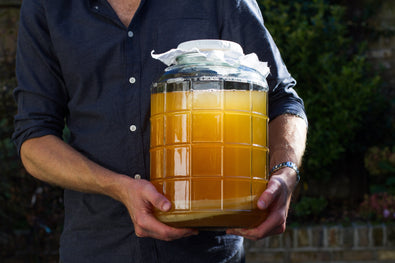Welcome to our second SCOBY session, looking at Yeast.
In case you haven’t read our first spotlight on bacteria - SCOBY is an acronym for Symbiotic Culture of Bacteria and Yeast. It is the fermentation starter that turns tea, water and sugar into delicious, healthy kombucha.
Yeasts perform important functions in all kinds of food and drink, mostly by converting sugar to carbon dioxide and ethanol. In bread, they produce the carbon dioxide that causes it to rise; in beer, it produces the ethanol that makes it alcoholic. In champagne, it produces both the ethanol that makes it boozy and the carbon dioxide that carbonates it - after the initial fermentation stage, the wine is bottled with some 'champagne yeast' that helps it develop a load of carbon dioxide. The carbon dioxide can't escape the airtight cork, so it is forced back into the liquid, making it fizzy.
In kombucha, although the yeasts will produce ethanol, the bacteria will then use that ethanol to produce healthy organic acids, meaning that the brew should end up non-alcoholic. The bacteria need oxygen to do this, so a kombucha ferment must be open to the atmosphere; we put cloth covers over our small glass jars to protect them from outside nasties while allowing them to breathe. In shallow fermentation vessels like our small glass jars, the bacteria at the bottom of the vessel have plenty of oxygen they can use, naturally restricting the amount of alcohol in the brew; in larger vessels there is often restricted oxygen the further down you go, which is why some companies need to filter out the alcohol they produce from their larger vessels.
The main yeasts in kombucha are of the Saccharomyces family. Saccharomyces Cervisiae is possibly the most well used yeast in the world - relied on by bakers, brewers and winemakers for its ability to convert sucrose into ethanol and carbon dioxide. Zygosaccharomyces is another variety that appears in kombucha - its functions are broadly similar, but it is very resilient to highly sweet environments, eg at the very start of a kombucha ferment.
Brettanomyces is another species of yeast present in kombucha. It is a very resilient yeast and has a high tolerance to ethanol, acidity and other stresses, and is efficient in utilising the available nitrogen sources (mainly from the tea), meaning it replicates itself well. These characteristics make it great for the wild, mixed fermentation of kombucha, but in other single-yeast ferments it is often treated as a contaminant. 'Brett' is looked at with great fear in most breweries, as the very characteristics that work so well for it in kombucha - it's resilience and ability to replicate itself very easily - make it a nightmare to get rid of if it sneaks in somewhere it shouldn't be. Ask a beer brewer about Brett infections and watch them shiver with fear.
Having a mix of yeasts in the ferment - there are several more I haven't mentioned here - is great in and of itself. They all thrive in slightly different temperatures, acidity levels, humidity levels etc. - meaning kombucha fermentation very rarely gets 'stuck' at a certain phase. If one yeast doesn't like how hot the brew is, it will take a rest and allow another yeast that prefers that temperature to take over and keep the ferment ticking.
The final part of yeasts I will cover here is flavour. As well as preventing 'stuck' ferments, using a mix of yeasts also means they all produce different flavour compounds, adding to the complex taste of kombucha. They also produce Esters - volatile flavour and aroma compounds - that mean when our fermentation room of over 1,000 small glass jars is at full capacity, it always smells amazing.
A deep dive into the Y in SCOBY
22nd May 2023